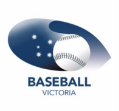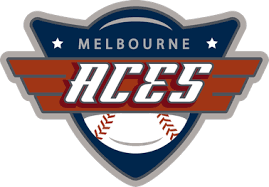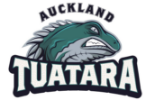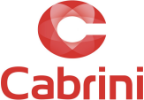Reading front of pack labels can help people to make healthier choices, if they are easy to understand!
Understanding how to read the Nutrition Information Panels (NIP) will help you identify healthy choices that are:
- Lower in Energy (kJ/Cal)
- Lower in Saturated & Trans Fats
- Lower in Sugar
- Lower in Sodium (salt)
- Higher in Dietary Fibre
Here are a few quick tips that will make shopping for healthy food a whole lot easier and quicker!
WHAT TO LOOK FOR
On the side or back of food packet you’ll find the NIP, which offers the simplest and easier way to choose and compare the healthiest foods. It shows the amount of energy, sugar, fibre, etc. per serving (and shows what a serving size for that food is) and per 100g.
Serving sizes will differ between foods, so it’s important to compare foods using the ‘per 100g’.
source: https://www.betterhealth.vic.gov.au/health/healthyliving/reading-food-labels-tucker-talk-tips
INGREDIENTS LIST
All ingredients in a food product must be listed on the label in order from largest to smallest by weight. You can use this to spot if a food is high in salt, sugar or fat.
source: https://www.betterhealth.vic.gov.au/health/healthyliving/reading-food-labels-tucker-talk-tips
The three main ingredients will be listed first, so if sugar or another name for sugar, is listed within the first three ingredients, most of the energy (also known as calories or kilojoules) will be coming from the high amount of sugar in that food.
COLOUR CODING
Colour can also be used to highlight whether a particular nutrient is high or low in that food. For example, the traffic light system is often used to show ‘green’ if that food is low in sugar, or red if it’s high in salt.
The BUPA Food Switch app is a great tool to take around the supermarket with you if you want help deciding which product is healthier. By scanning the barcode, the traffic light system is used to identify if the product is high, medium or low in certain nutrients. You can check out the app here: http://www.bupa.com.au/health-and-wellness/tools-and-apps/mobile-apps/foodswitch-app
NUTRIENT CONTENT CLAIMS
Sometimes labels feature nutrition content claims like ‘low fat’, ‘reduced salt’ or ‘high fibre’. Food labelling regulations allow only if the foods meet certain criteria that they can feature these on their products.
FOR MORE INFORMATION….
Want more information about food label reading? Visit www.foodstandards.gov.au
If you would like to discuss your individual dietary needs and concerns, book an appointment to see Pamela, the Dietitian at GSSC, call on 9815 2555
REFERENCES
https://www.eatforhealth.gov.au/eating-well/how-understand-food-labels
http://healthyweightweek.com.au/understanding-food-labels/
https://www.baker.edu.au/Assets/Files/Baker-IDI-label-reading.pdf
https://www.betterhealth.vic.gov.au/health/healthyliving/food-labels
https://www.health.qld.gov.au/__data/assets/pdf_file/0027/145476/diab_labels.pdf



















